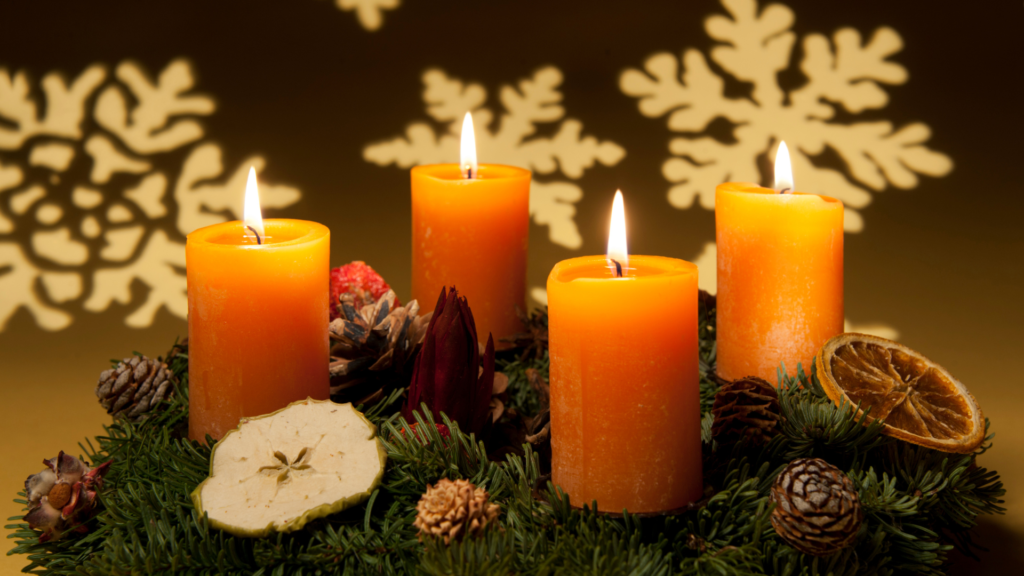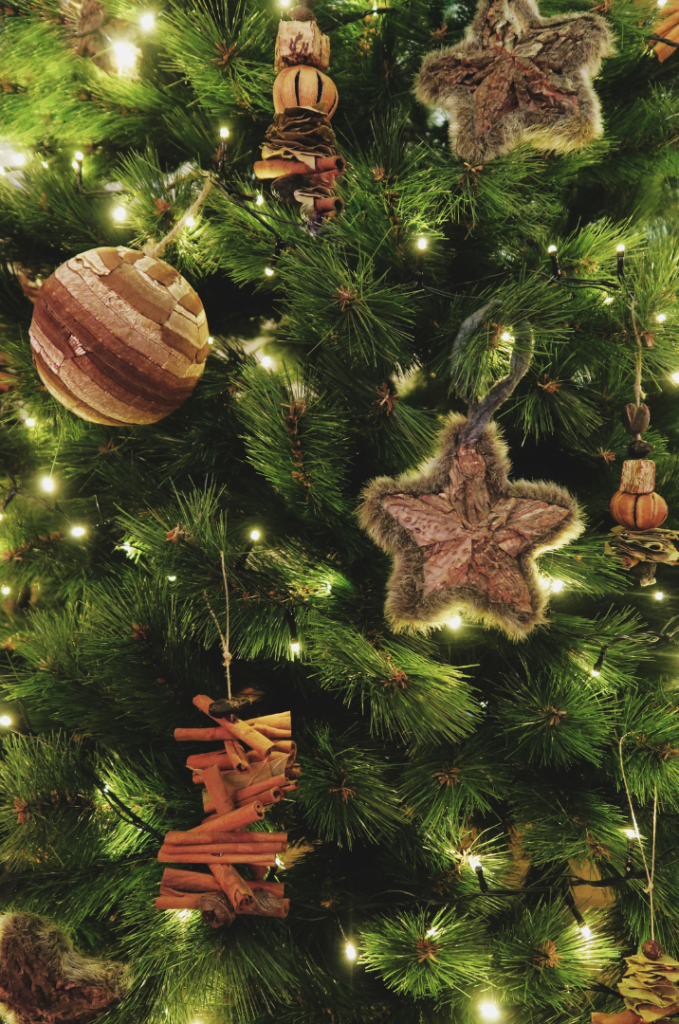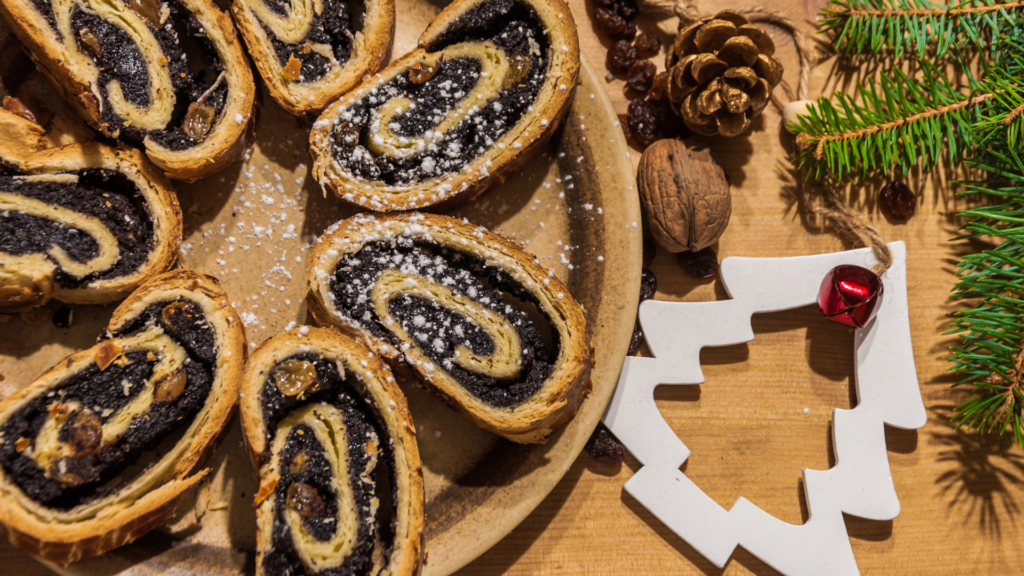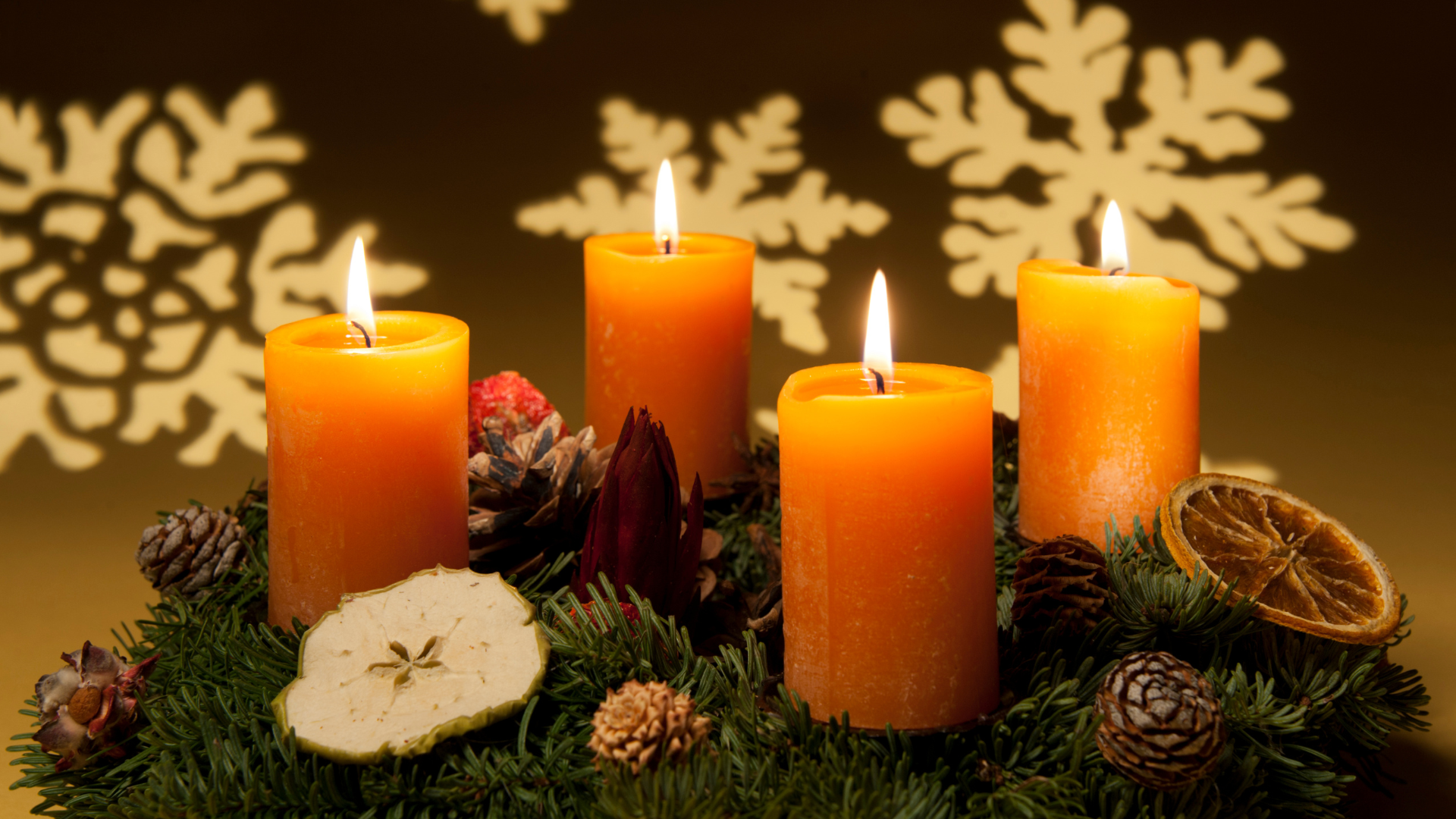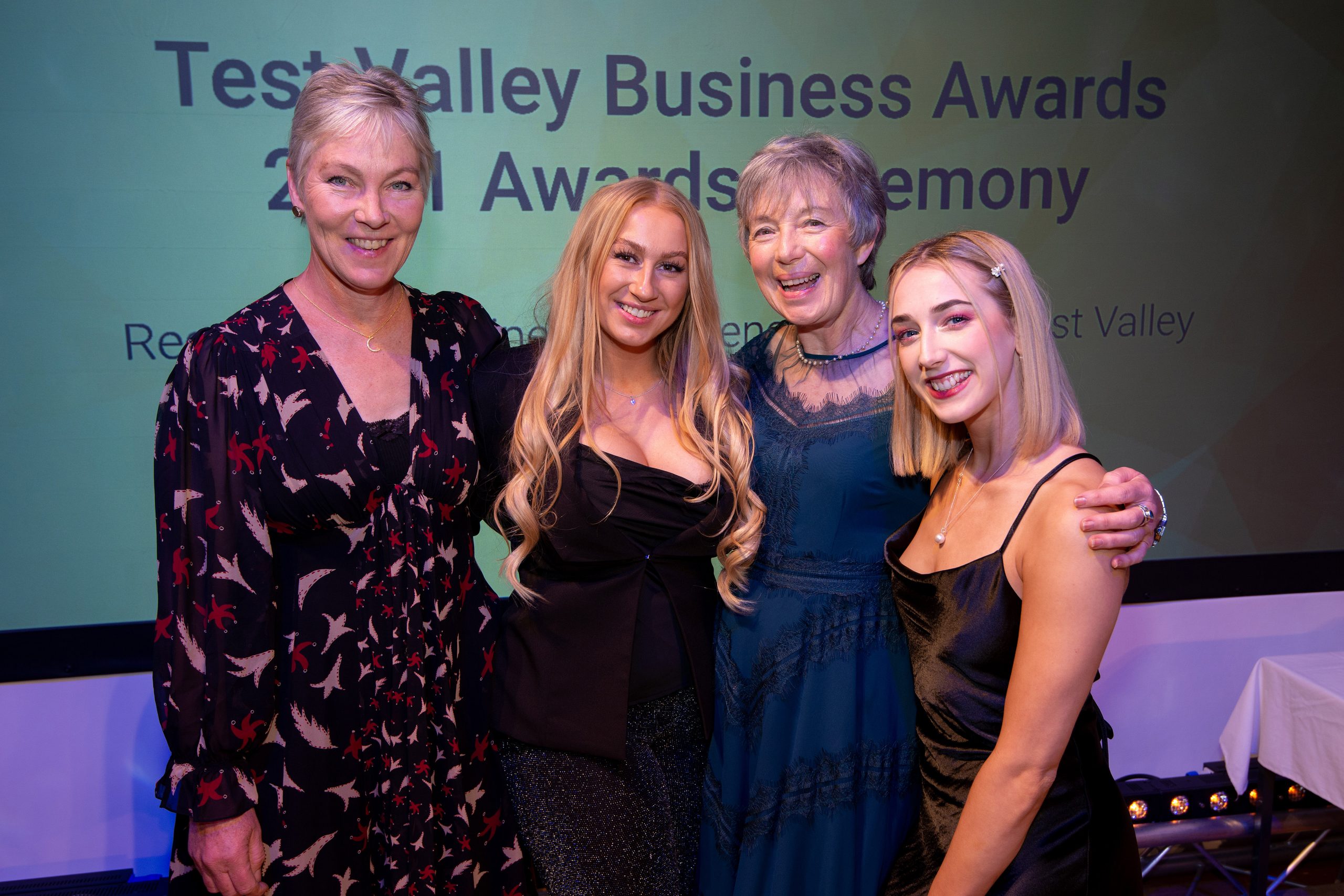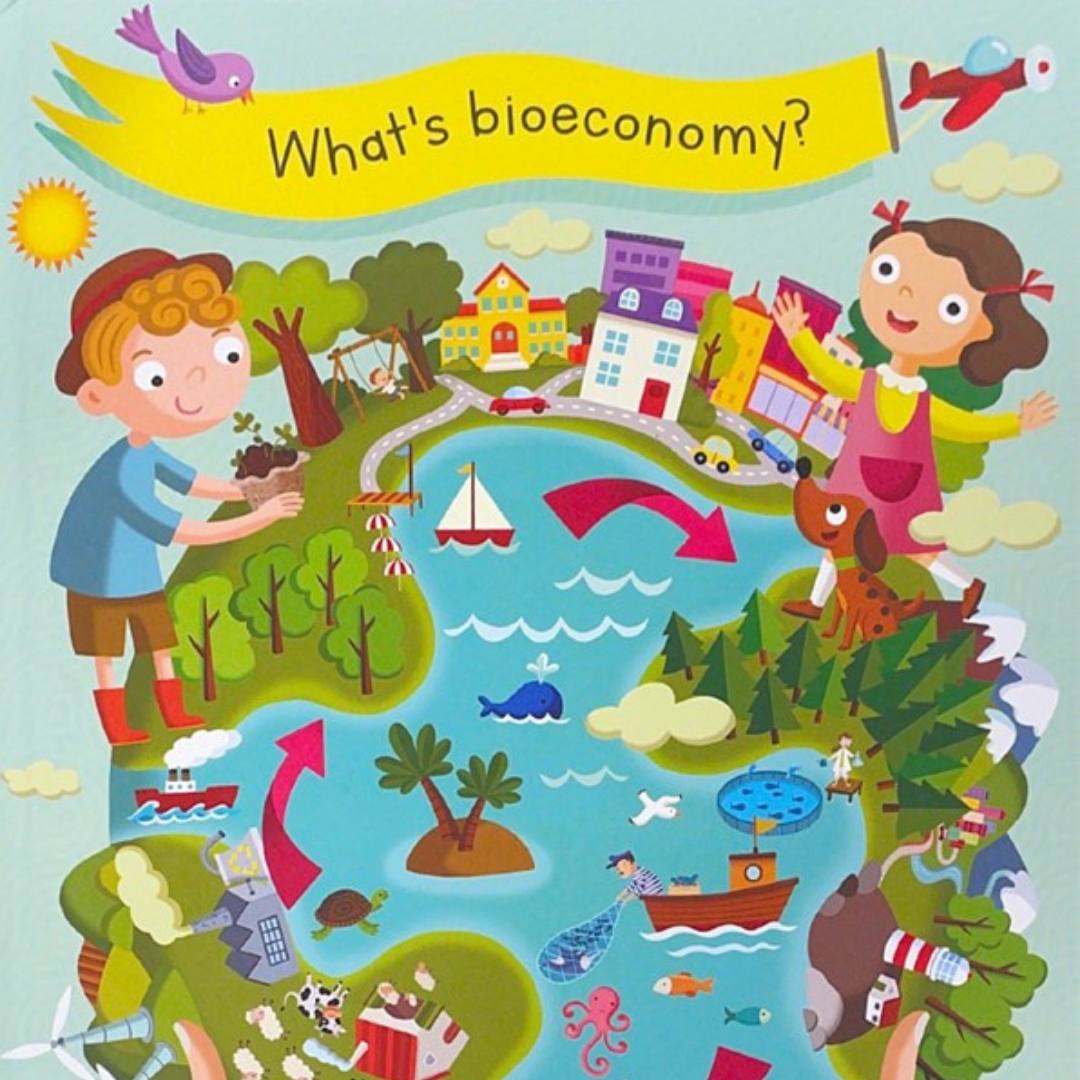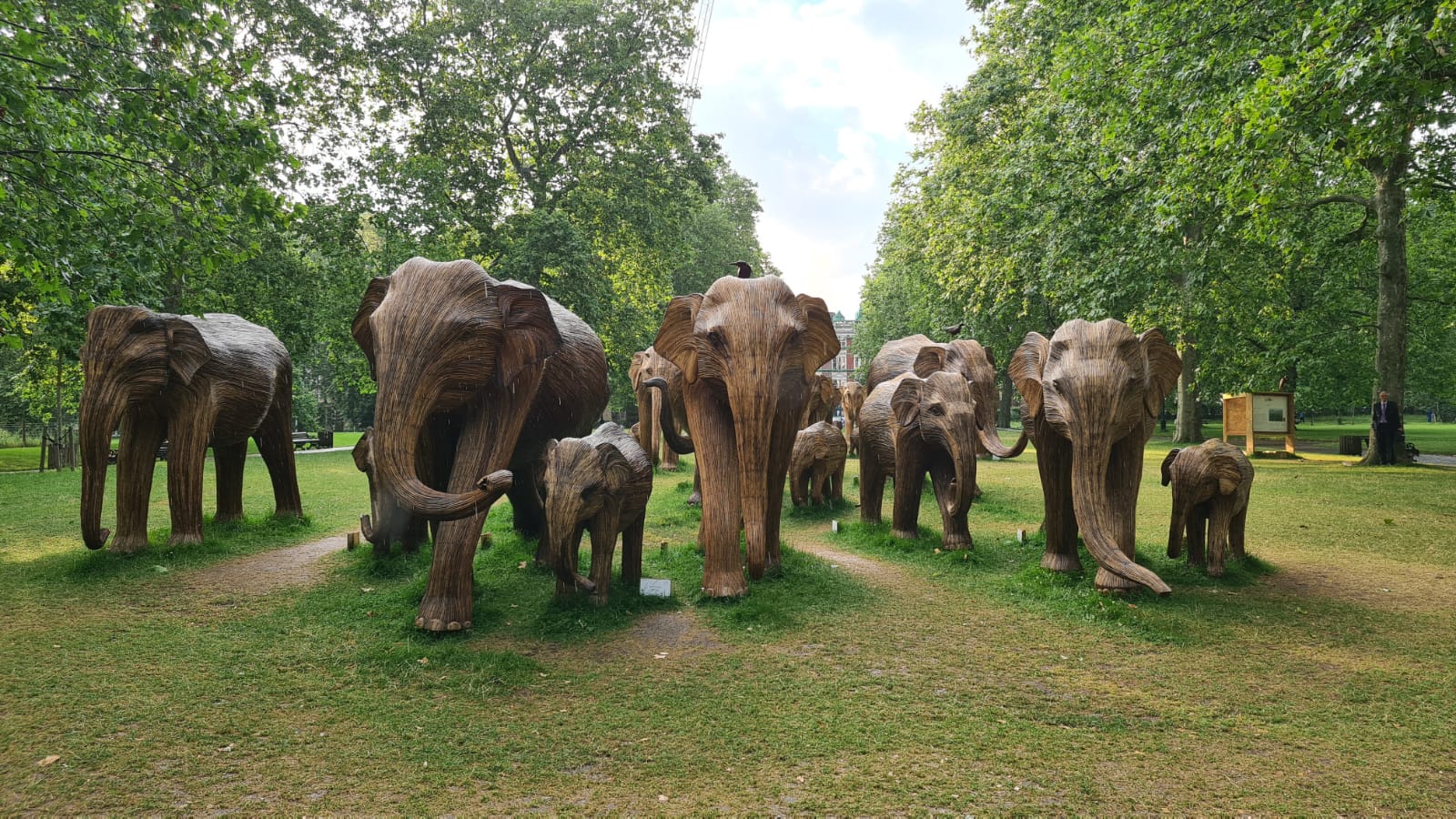Christmas – culturally diverse and sustainable celebrations Szilvia Newell, Office Manager at Minerva, explores and explains Hungarian and British traditions 5th December 2023 The holiday season is a time of joy, love, and celebration. It is also a time when people around the world come together to celebrate various cultural and religious traditions. While Christmas …
Christmas – culturally diverse and sustainable celebrations Read More »

